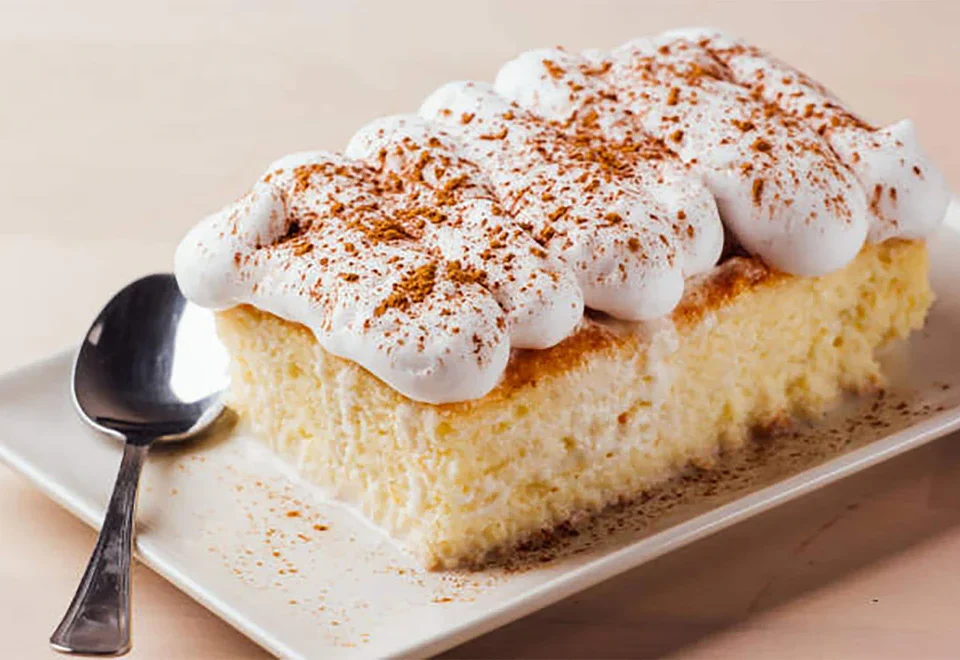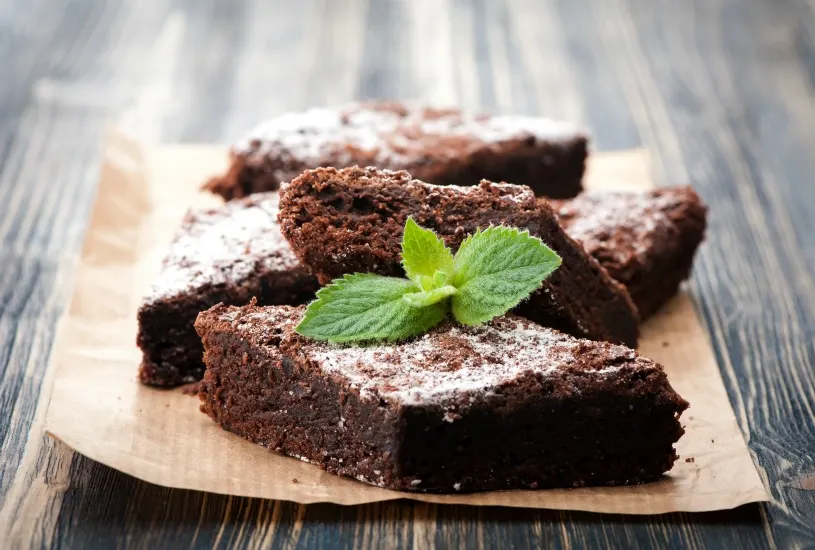
Garnishing Like a Pastry Chef
May 12, 2025
🧁 Pastry Chef’s Top Tools – The Digital Scale (0.1g Accuracy)
May 19, 2025Introduction
There’s something universally satisfying about a good croissant. The crackle of golden layers, the soft, buttery interior—it’s one of those rare pastries that feels both humble and refined. At Flux Desserts, where craftsmanship is at the heart of everything we make, the croissant is more than a breakfast item. It’s a symbol of technique, patience, and tradition.
Let’s explore where the croissant comes from, how it became a global staple, and why it’s still one of the most beloved pastries on the planet.
Who Invented the Croissant?
While France perfected the croissant, its roots are Austrian. The story begins with the kipferl, a crescent-shaped pastry dating back to medieval Vienna. One tale suggests that after the Ottoman siege of 1683, Viennese bakers celebrated victory by shaping pastries into crescents, mimicking the symbol of the defeated empire.
Fast forward to the 1830s, when August Zang, an Austrian artillery officer, opened a Viennese bakery in Paris. Parisians fell in love with the Viennese style, and local bakers began making their own version using French techniques—most notably, lamination, which involves layering dough and butter.
The result? A lighter, flakier pastry that would become known as the croissant.
Why the Croissant Became a French Staple
The croissant was a perfect match for French baking culture. It showcased the technical skill of the baker while remaining accessible to everyday customers. Over time, it became a fixture in cafés and boulangeries, often eaten with nothing more than a cup of strong coffee.
What made it so enduring in France wasn’t just its taste—it was its ability to represent balance. Rich but not heavy, intricate but not fussy. And most importantly, the croissant became part of the French morning ritual.
Croissant Variations Around the World
As the croissant travelled, it adapted. Here’s how different cultures have reimagined this classic pastry:
United States
Large, often filled with almond paste, chocolate, or ham and cheese. Sometimes more bread-like in texture than laminated.
Japan
Filled with matcha custard, red bean paste, or glazed with fruit-infused icings. Smaller, more refined, and often precise to the millimetre.
Australia
Croissant hybrids like the cruffin (croissant + muffin) and adventurous flavours like pistachio and raspberry, or even Vegemite and cheese.
Middle East
Often filled with za’atar, halloumi, or labneh. Flavours are bold and savoury, reflecting local preferences.
Popular Croissant Cousins
Even within France, the croissant has siblings:
- Pain au Chocolat – Made with the same dough, filled with dark chocolate batons.
- Croissant aux Amandes – Day-old croissants filled with almond cream and topped with flaked almonds.
- Croissant au Beurre vs Ordinaire – In France, croissants made with butter must be labelled au beurre, while margarine-based ones are called ordinaire. Butter wins every time.
How We Serve Croissants at Flux
At Flux Desserts, we treat croissants with the same respect we give every handcrafted item in our range. If you’re lucky enough to catch them fresh from the oven, we recommend enjoying them as-is—no need for jam or butter.
We also experiment with limited-edition flavours, seasonal fillings, and sometimes pair our croissants with small-batch compotes or cultured butter.
Perfect Accompaniments for a Croissant
- Coffee – A strong long black or café au lait is the ideal match.
- Jam or marmalade – Apricot, raspberry, or citrus for a tart contrast.
- Honey butter or cultured cream – If you want a little extra richness.
Final Thoughts
The croissant isn’t just a pastry—it’s a story told in butter and time. Whether you enjoy one in a bustling Paris café, a quiet bakery in Kyoto, or right here at Flux Desserts, the experience is much the same: a moment of quiet joy wrapped in crisp layers.



